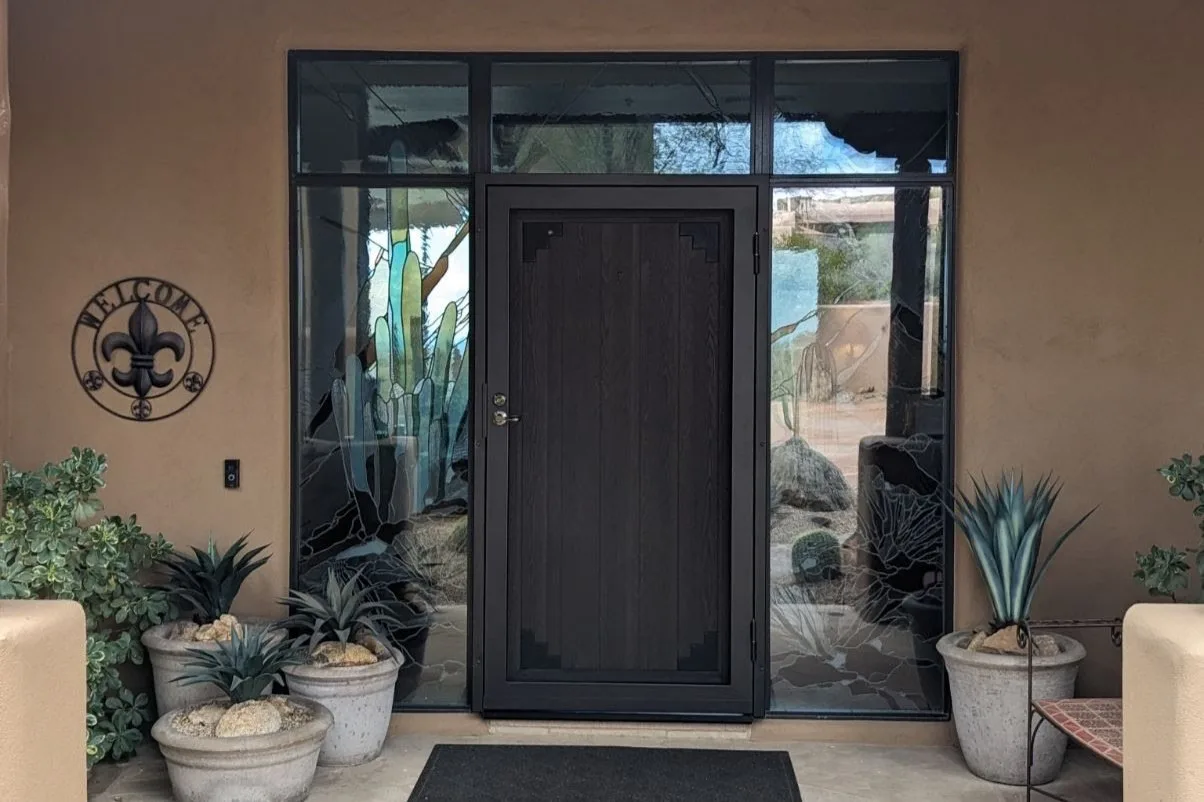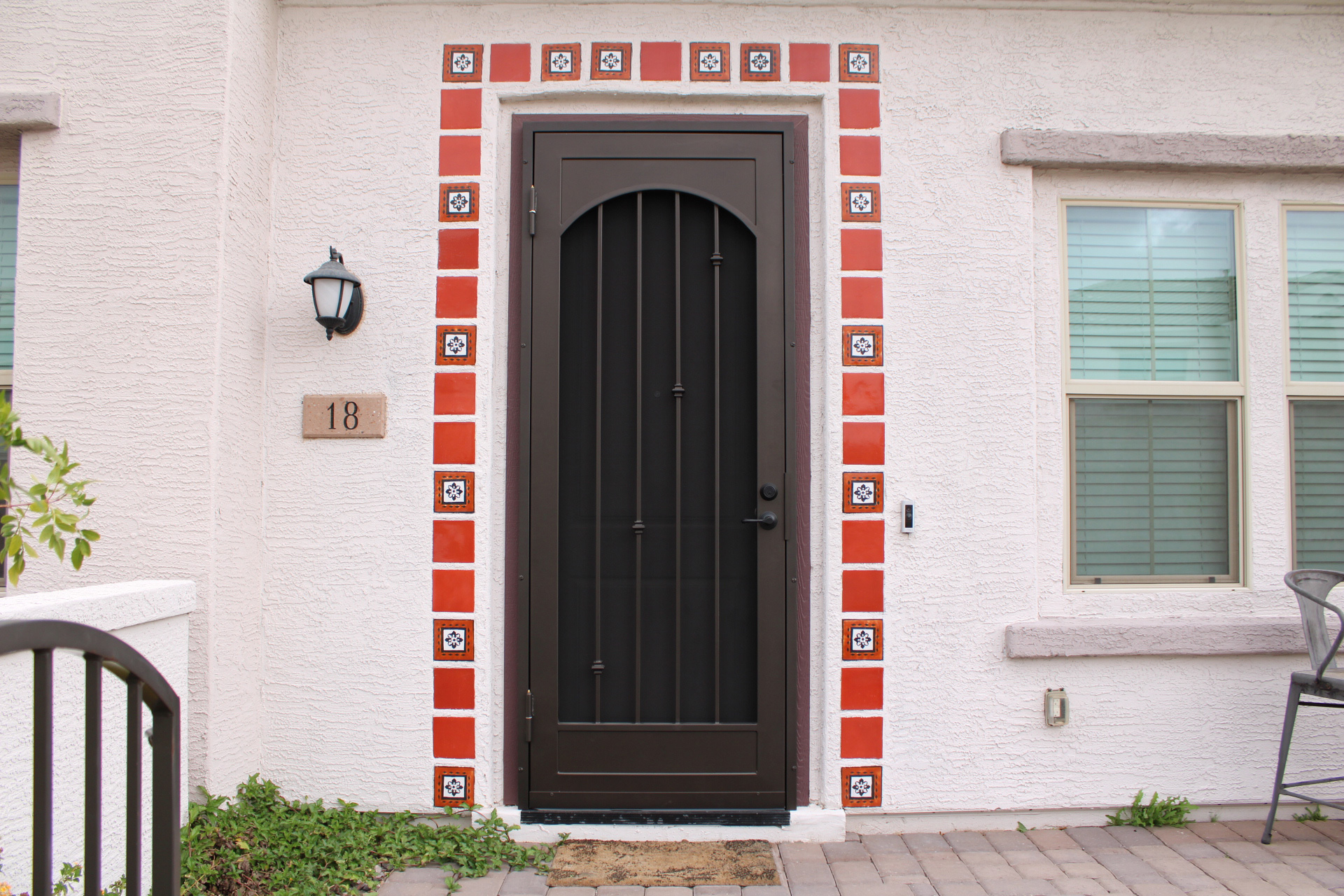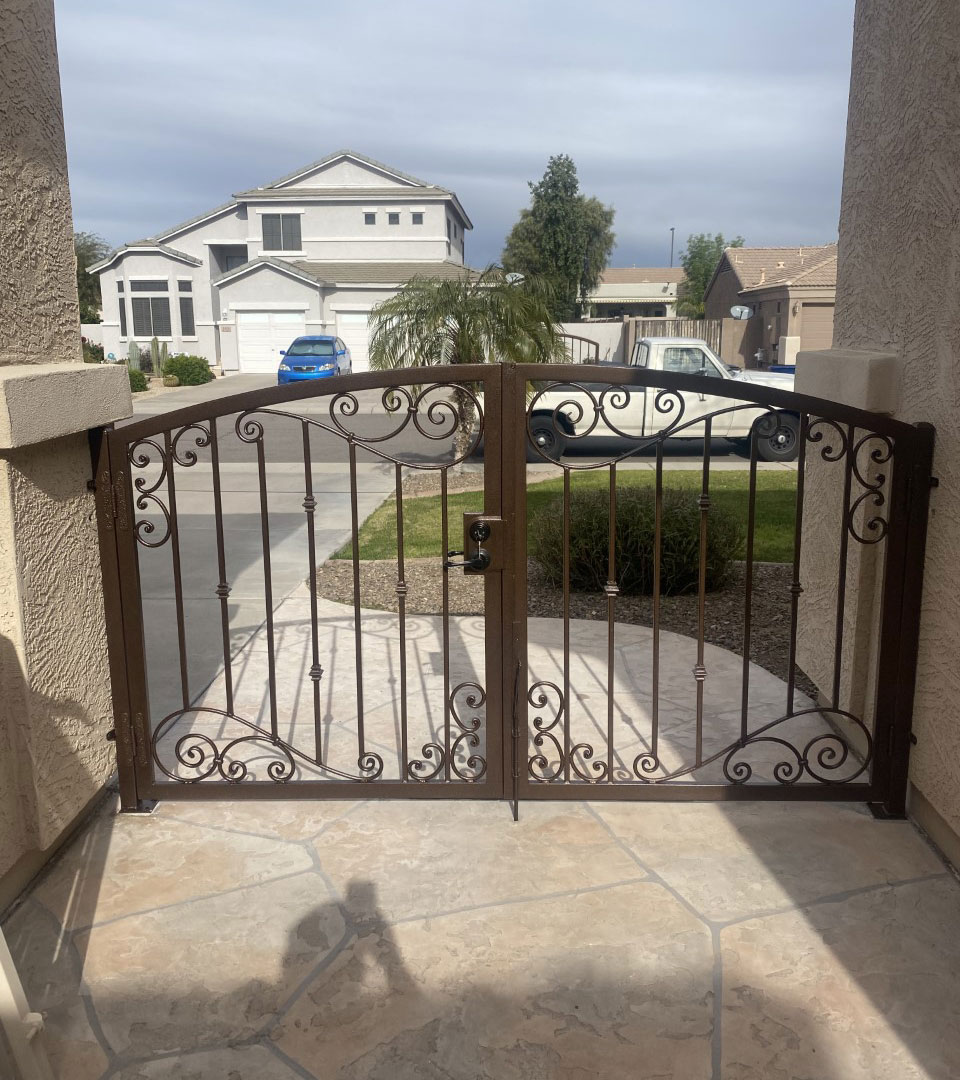If you’re shopping for a security door, security window, or steel gate for the first…
Hidden History: 5 Screen Door Secrets Revealed
We’ve been focusing so much on security and safety lately, we thought it might be time to take a break and explore the interesting history of the screen door instead. We even found some controversy over who invented the screen door including a myth that’s been perpetuated across the internet.
So where exactly did the screen door come from? Who really did invent it? We’ll answer these questions and more in our list of 5 historical screen door secrets below.
1. Origins
Before there were screen doors, there were window screens. Screens and screen doors as we know them are definitely an American invention. But what you probably didn’t know is that very different types of window screens were used in both China and the Middle East during the Middle Ages and earlier. They did nothing to keep out bugs or provide security. Instead, they allowed breezes to flow through the home and cast elaborate shadow patterns on walls and floors due to their intricate and often beautiful designs.
2. Inventor
There’s a persistent internet myth that the screen door was invented in 1887 in Manhattan, Iowa by a woman named Hannah Harger. That is actually not true. In fact, Ms. Harger seems to have sprung from the imagination of a writer somewhere since there’s no record of anyone by that name ever living in Manhattan, Iowa.
In fact, the modern wire mesh window screens and screen doors resulted from the efforts of a company called Gilbert, Bennett, and Company in 1861 that made wire mesh sieves for food processing. An employee there discovered that the wire cloth could be painted and sold as window screens.
3. Materials
The earliest screens in windows and doors in the United States were made of cheese cloth. But by the end of the Civil War, the wire mesh was being sold by the square foot. The doors were framed in wood and designed to keep dust and debris out of the home as well as bugs. And by the 1950’s screen doors had played a part in the eradication of parasitic diseases in the United States.
Over the decades, both the choices in material for mesh screens and for door frames have greatly increased. Screen door materials now range from thin mesh cloth in a wood frame with steel mesh in steel framed doors with optionally removable glass panes.
4. Purpose
Since its inception, the humble screen door’s purpose has evolved from just being an attractive method for allowing air to flow through your home in the summer months into a way to protect your home from storms in some regions of the country to providing added security against intruders nationwide.
In the South especially, some people prefer the nostalgic feel to having a traditional wood framed screen door, but here in Phoenix, AZ, wood framed doors aren’t practical because they tend to dry and crack in the heat.
5. Security
The types of security screen doors provide has changed greatly since their invention in the mid 19th century. Their original use was to provide relief from heat indoors and keep annoying bugs at bay. Once science determined that insects carried some deadly diseases, they also were made to protect families from getting sick by keeping insects out.
They still serve that purpose, but the types of security options have evolved. As we’ve already mentioned, you can now get doors to protect your home against bad weather and doors to keep criminals out of your house.
Here in the greater Phoenix area, security screen doors have become popular for their variety and versatility. These super strong steel doors allow air flow and keep insects outside while providing greater protection against thieves and other intruders. Plus, security type screen doors now come in any design. Some even rival the designs of the original ancient window screens.
We hope you’ve enjoyed our brief history of screen doors in the United States. We’d love to hear about your screen door ideas. Comment below or contact us today.



